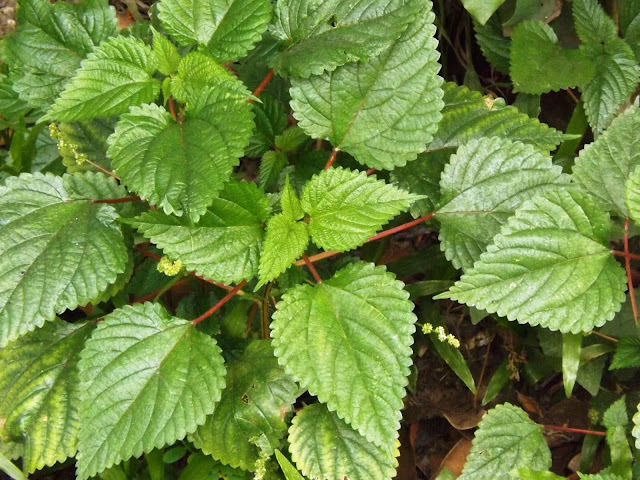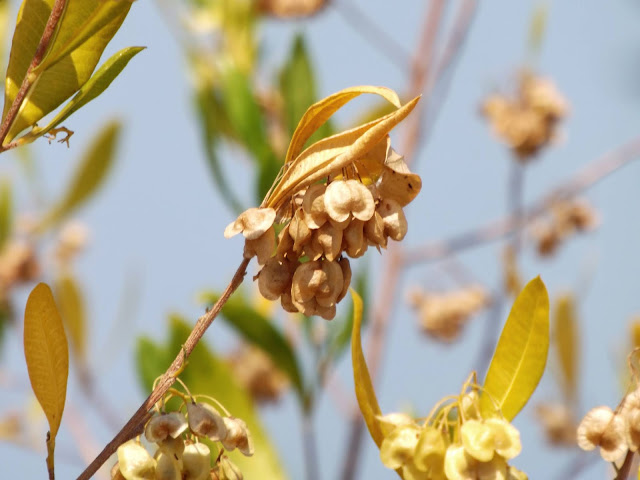Lohakath or Burma Ironwood, Xylia xylocarpa

Lohakath or Burma Ironwood ( Xylia xylocarpa , family: Fabaceae) is a large-sized deciduous tree with straight, cylindrical and huge trunk, attaining a height of 40 m. Its trunk can be up to 60 cm in diameter. Bark is rough and thick but brittle, brown-colored. Young shoots are covered with brown hair. Its wood is very hard, heavy and durable. Heartwood is reddish. It is found in the hilly forests, especially in greater Sylhet in Bangladesh. Outside the country the giant tree is found in India, Myanmar, Thailand, Cambodia and some countries of South and Southeast Asia. Leaves are compound, leaflets per pinnae 5-7 pairs; leaflets elliptic-oblong, 3-15 cm long and 3-6 cm wide, shiny, green, short-petioled, opposite, tip pointed. Flowers are scented, small, yellowish, on long peduncled heads. The bisexual flowers occur in March-April. Fruits are pods, 9-15 cm long, brownish, dehiscent, 6-10-seeded. Seeds are consumed as vegetable somewhere. Propagation of the plant is caused by seeds





